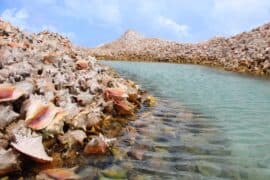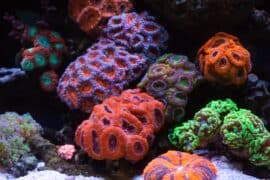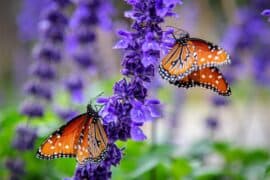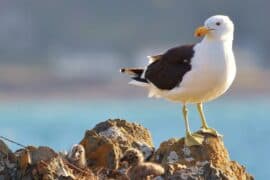Red brown jumping spider
(Phidippus clarus)
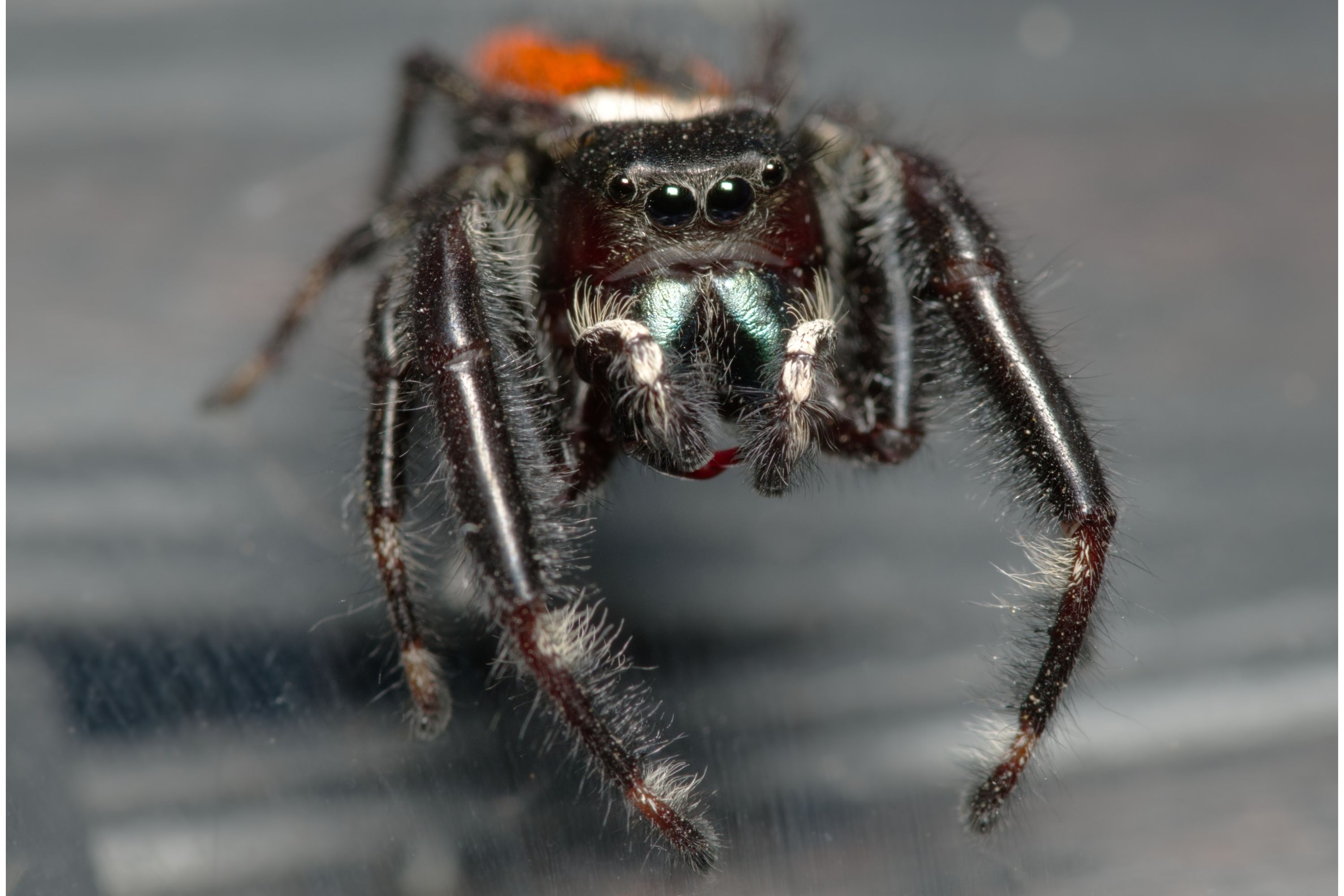
Description
Phidippus clarus is a species of jumping spider (family Salticidae) found in old fields throughout eastern North America. It often waits upside down near the top of a plant, which may be useful for detecting prey, and then quickly jumps down before the prey can escape. The spider is one of 60 species in the genus Phidippus, and one of about 5,000 in the Salticidae, a family that accounts for about 10% of all spider species. P. clarus is a predator, mostly consuming insects, other spiders, and other terrestrial arthropods. P. clarus is a relatively large salticid that is able to take prey up to the size of an adult earwig. In an experiment, P. clarus was offered as many fruit flies as it could eat in a four-hour session. On average individuals took 17 flies, with the maximum amount taken was a striking 41. When P. clarus males compete for females, the winners are those that produce the most vibrations on the surface and those that are largest. Contests between females involve less displaying, and physical fights between females are more likely to end in injury or death. The most successful males choose the largest females, as these females produce the most eggs and are the quickest at producing. If a female that has mated already finds another larger male, she will often mate again with the larger male. The average clutch is 135 eggs. Unlike most of the genus Phidippus, P. clarus females die after one brood has left the nest. P. clarus is parasitized by the Californian wasp Aporinellus completus and by mermithid nematodes. In an experiment in 2006, P. clarus showed promise for controlling the fourlined plant bug, Poecilocapsus lineatus, which severely damages the commercially grown sweet basil. Jumping spiders have a distinctive rectangular carapace, and that of female Phidippus clarus average 4.05 millimetres (0.159 in) wide, while the carapaces of males average 3.20 millimetres (0.126 in). They are typically a red/brown coloration, but can sometimes be a lighter yellow or brown with darker markings on their bodies.
Taxonomic tree:

